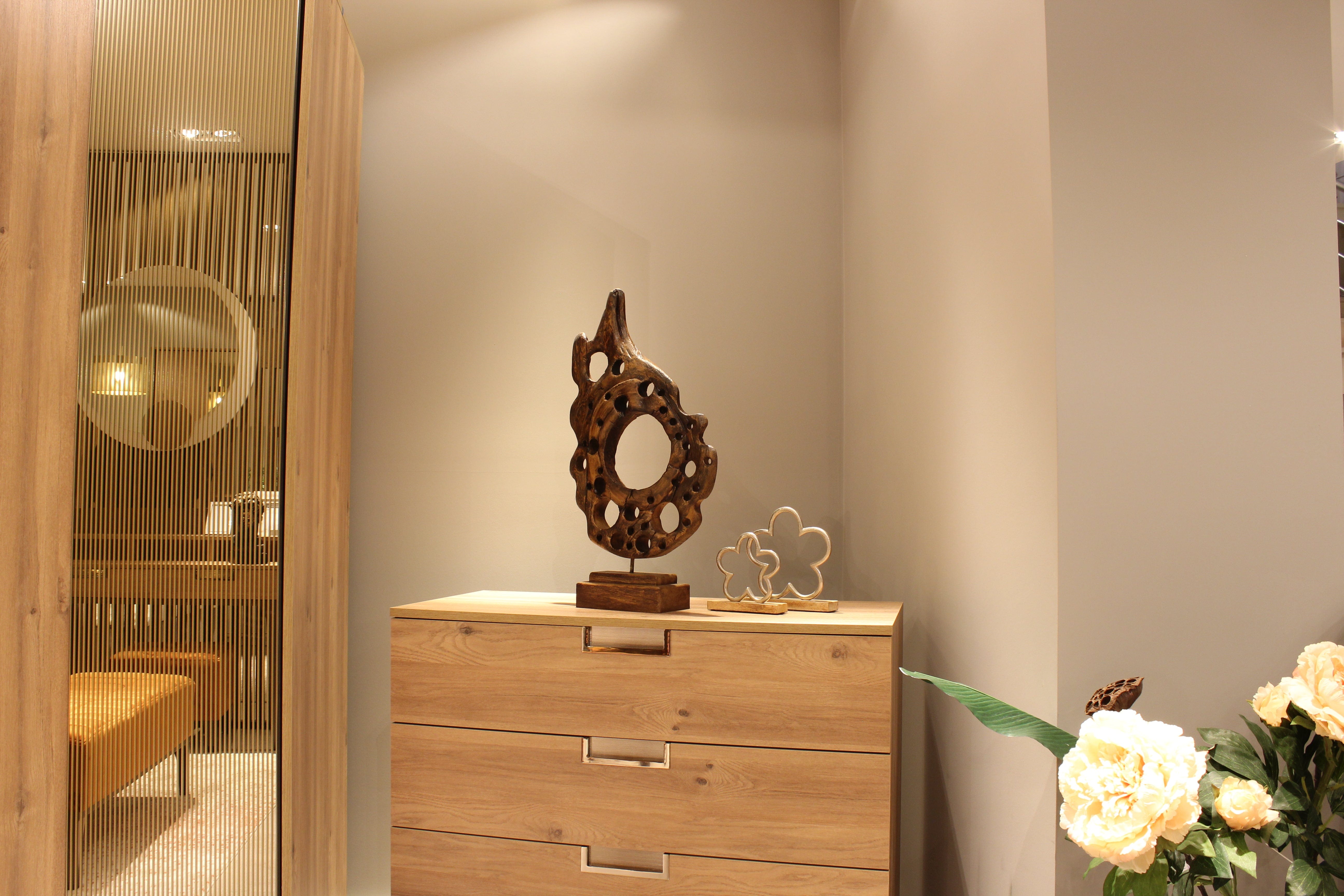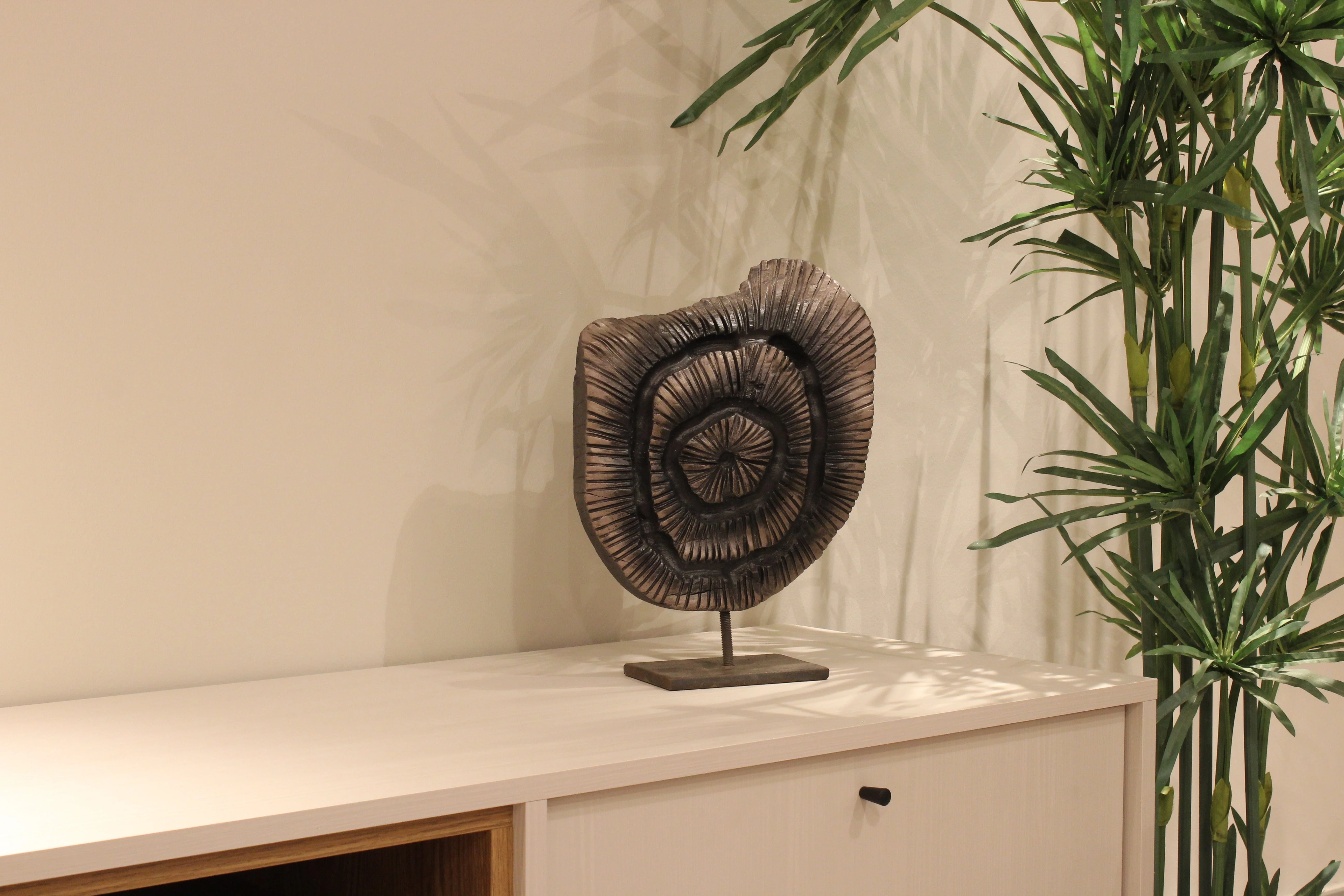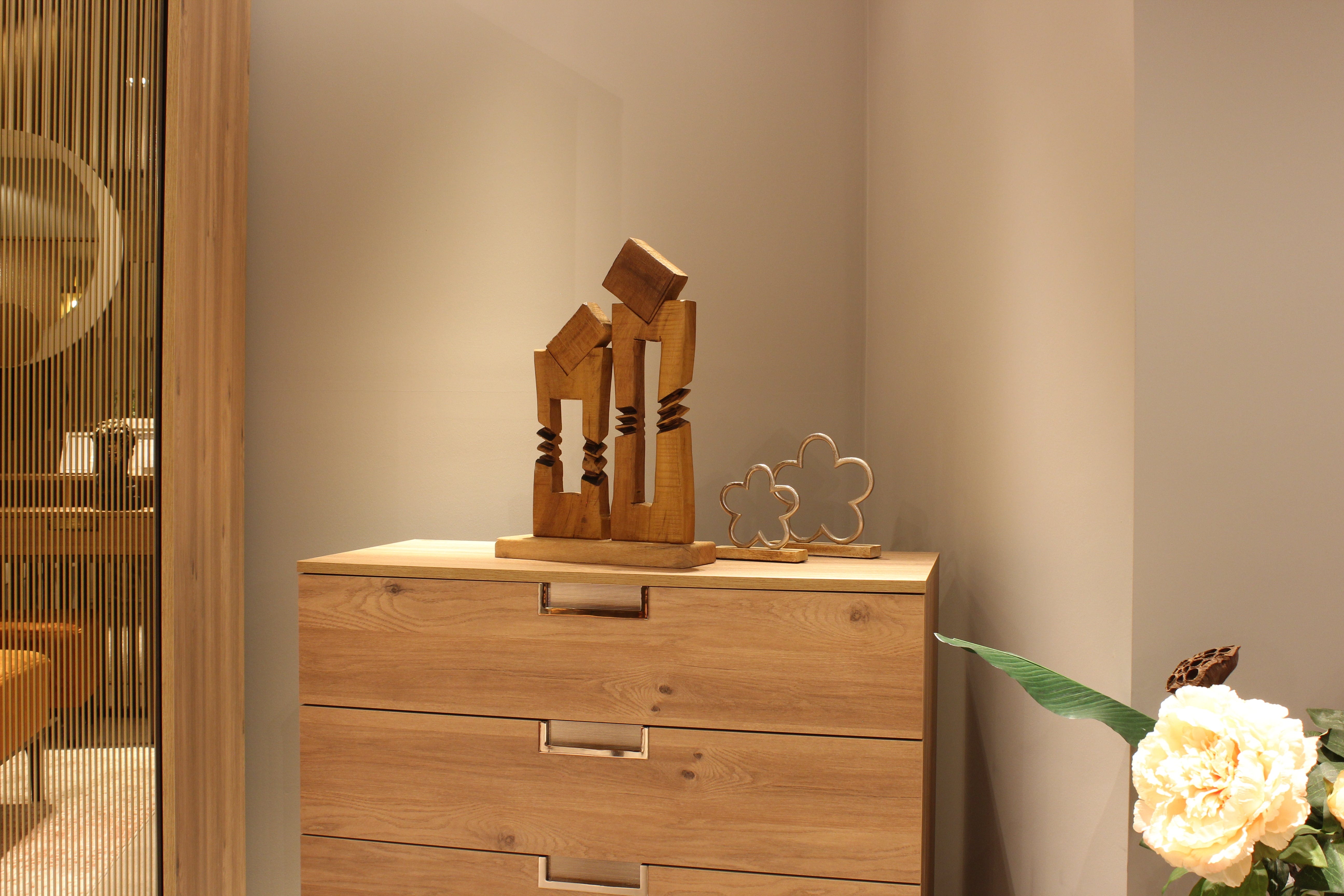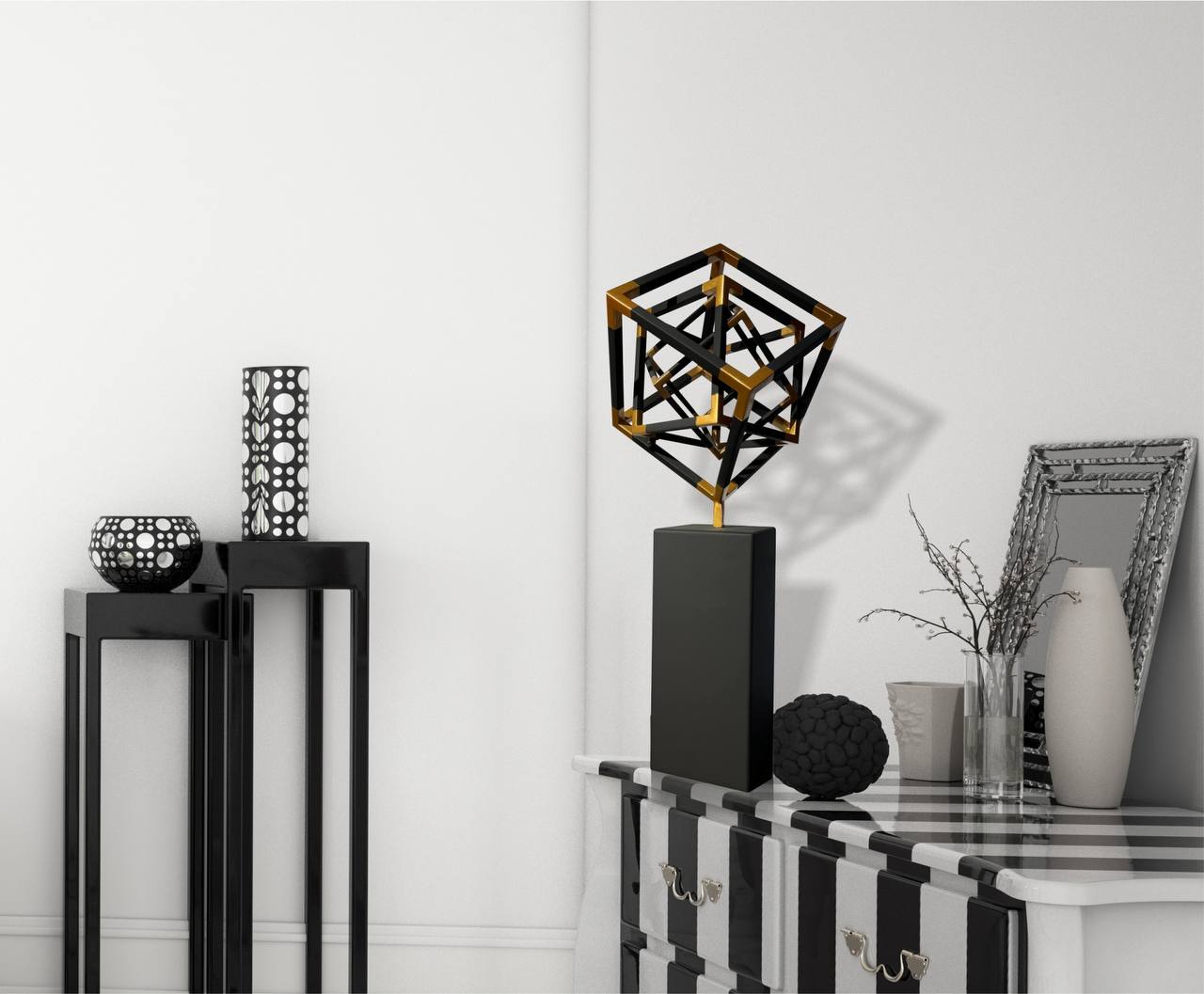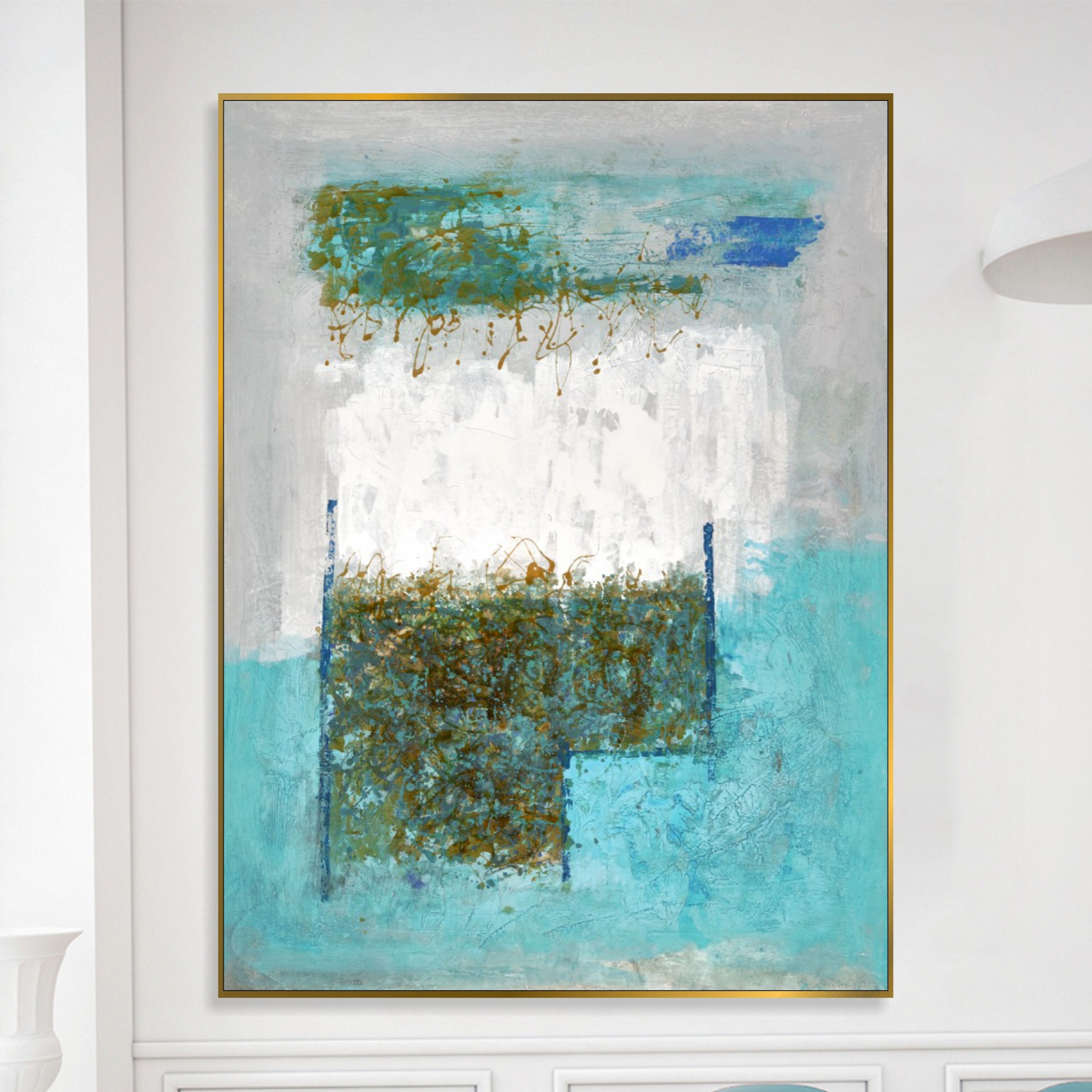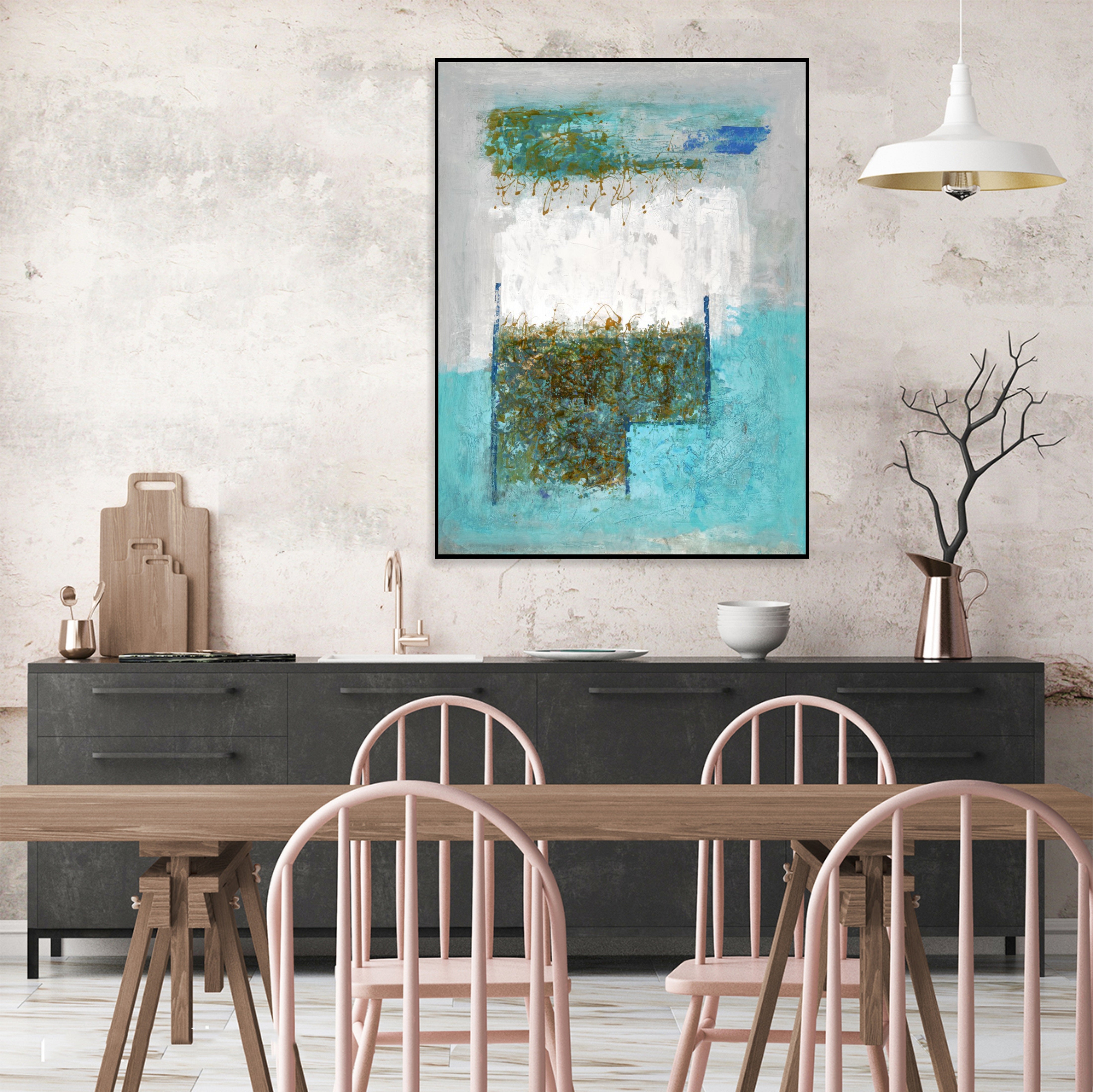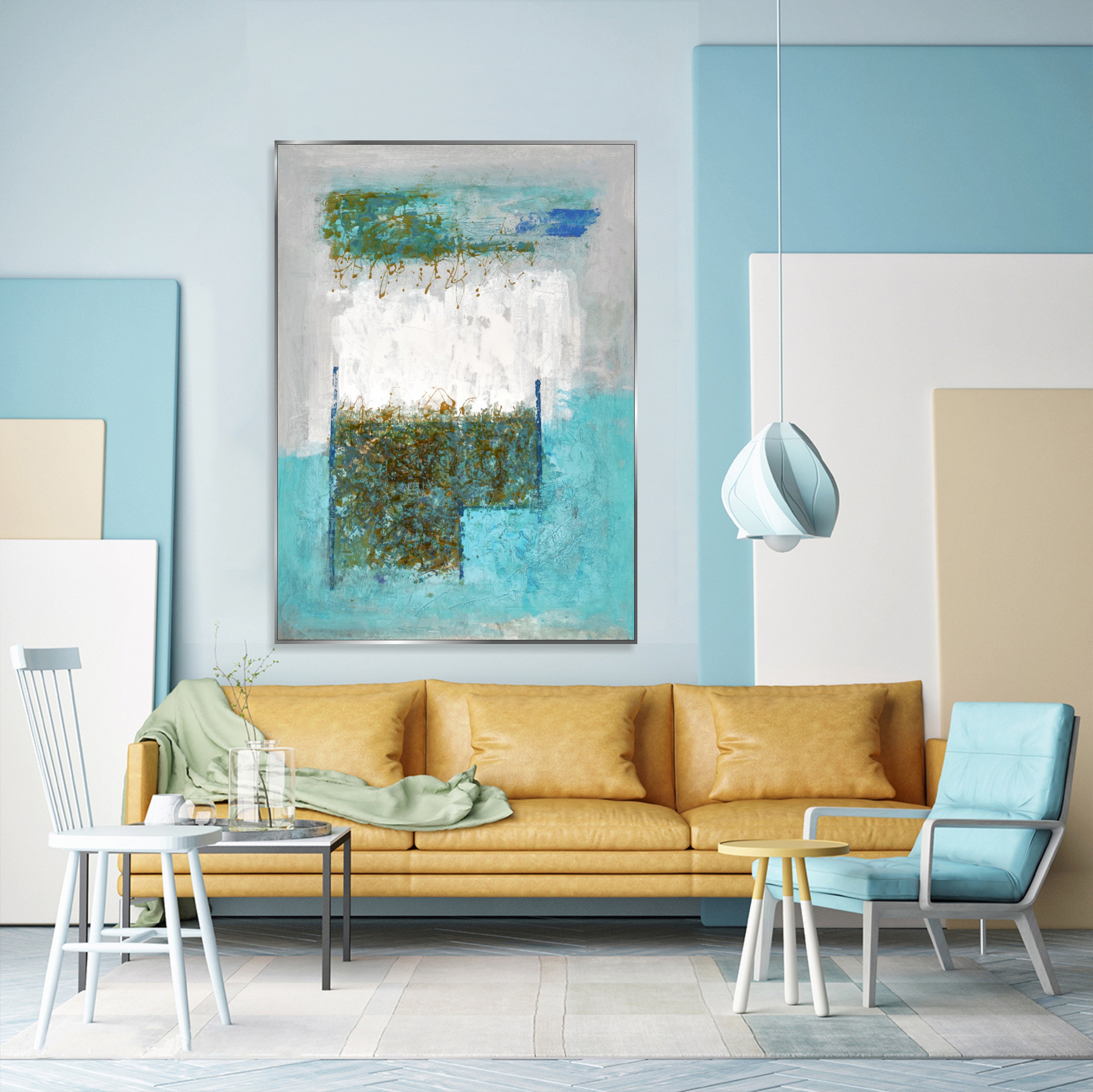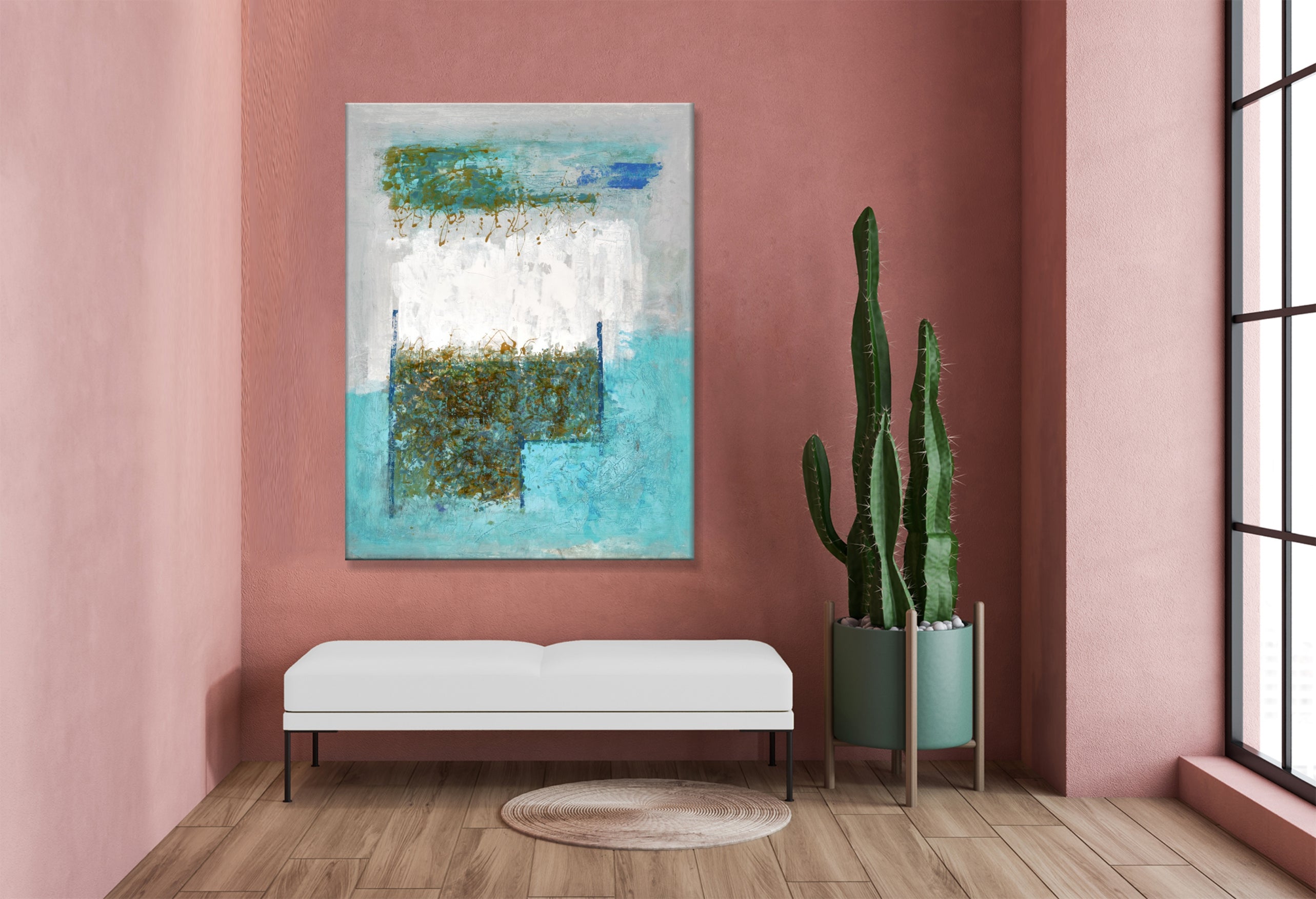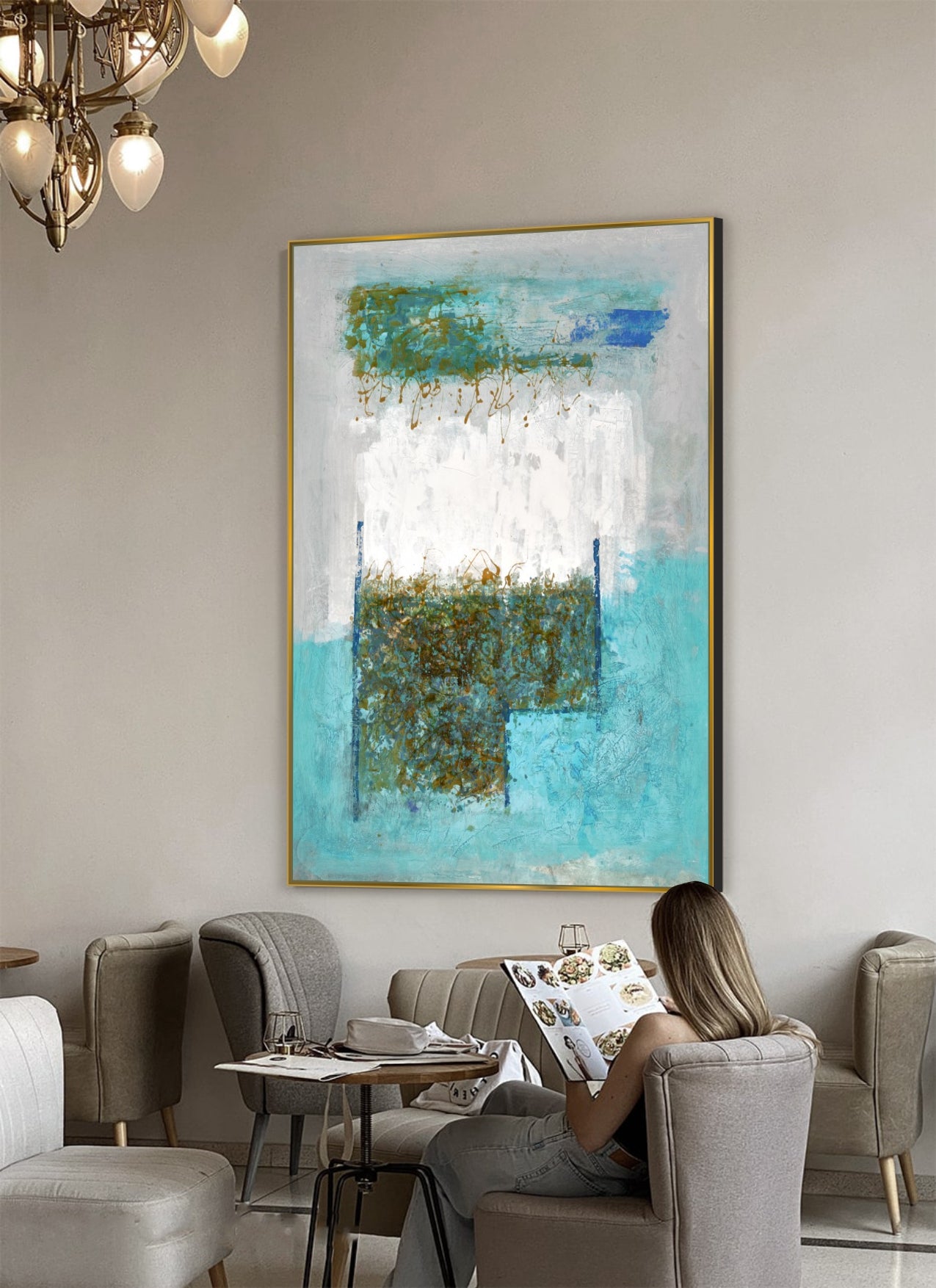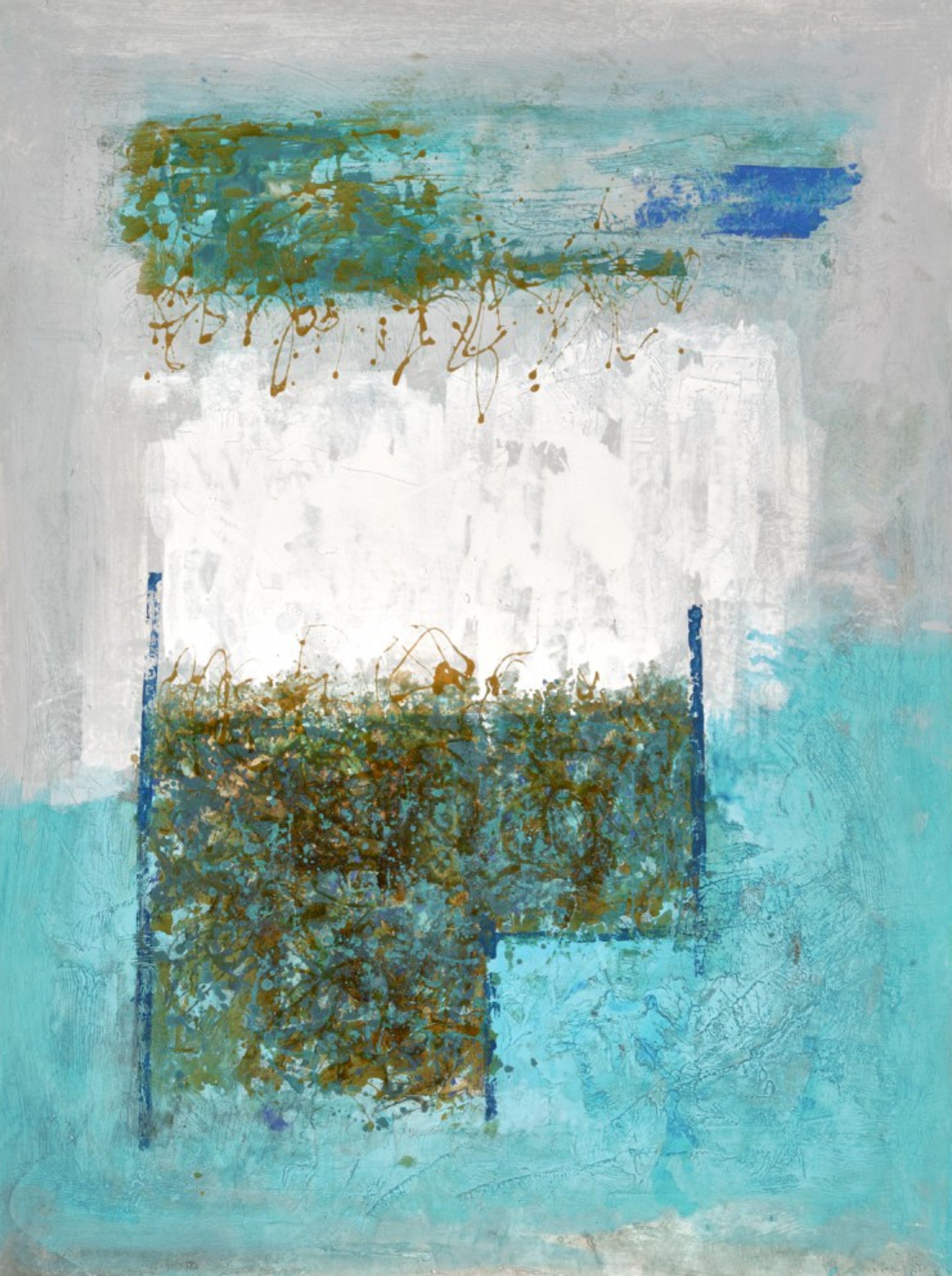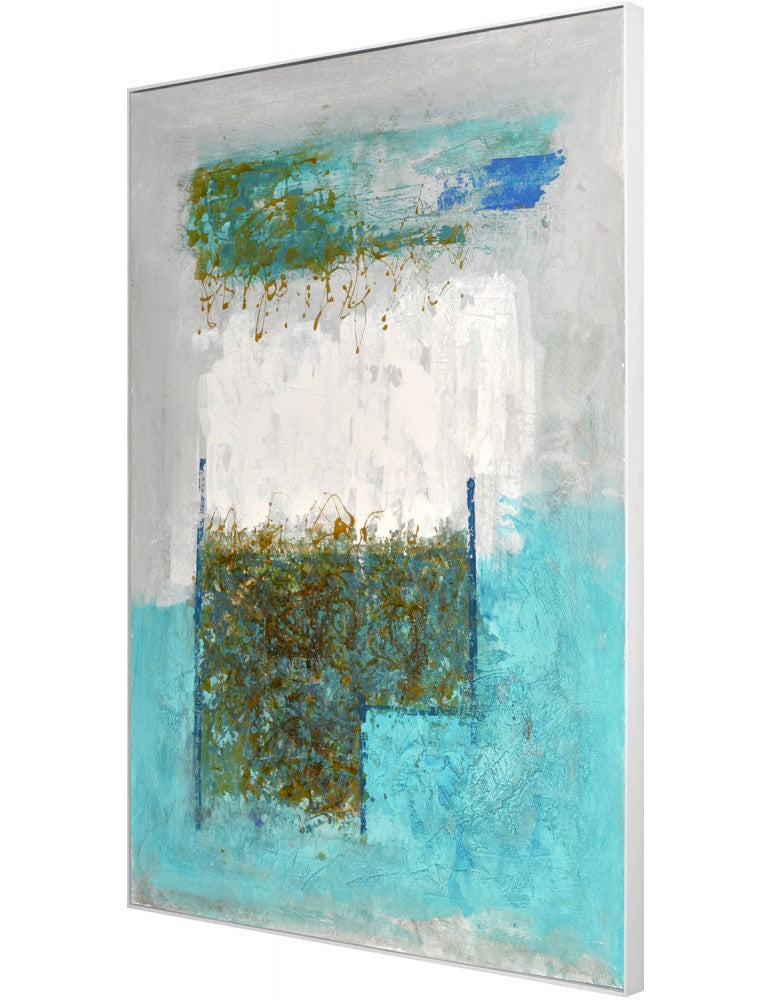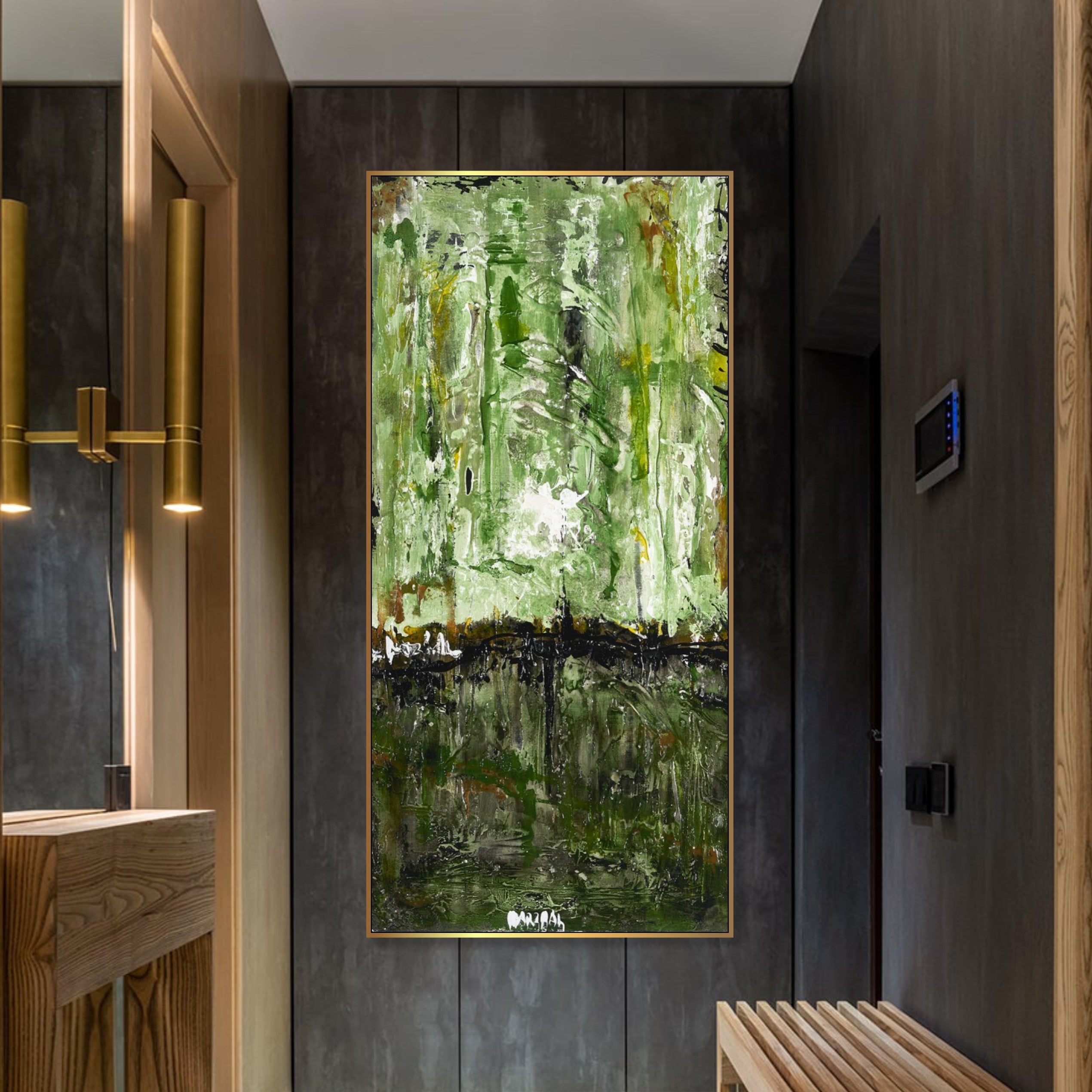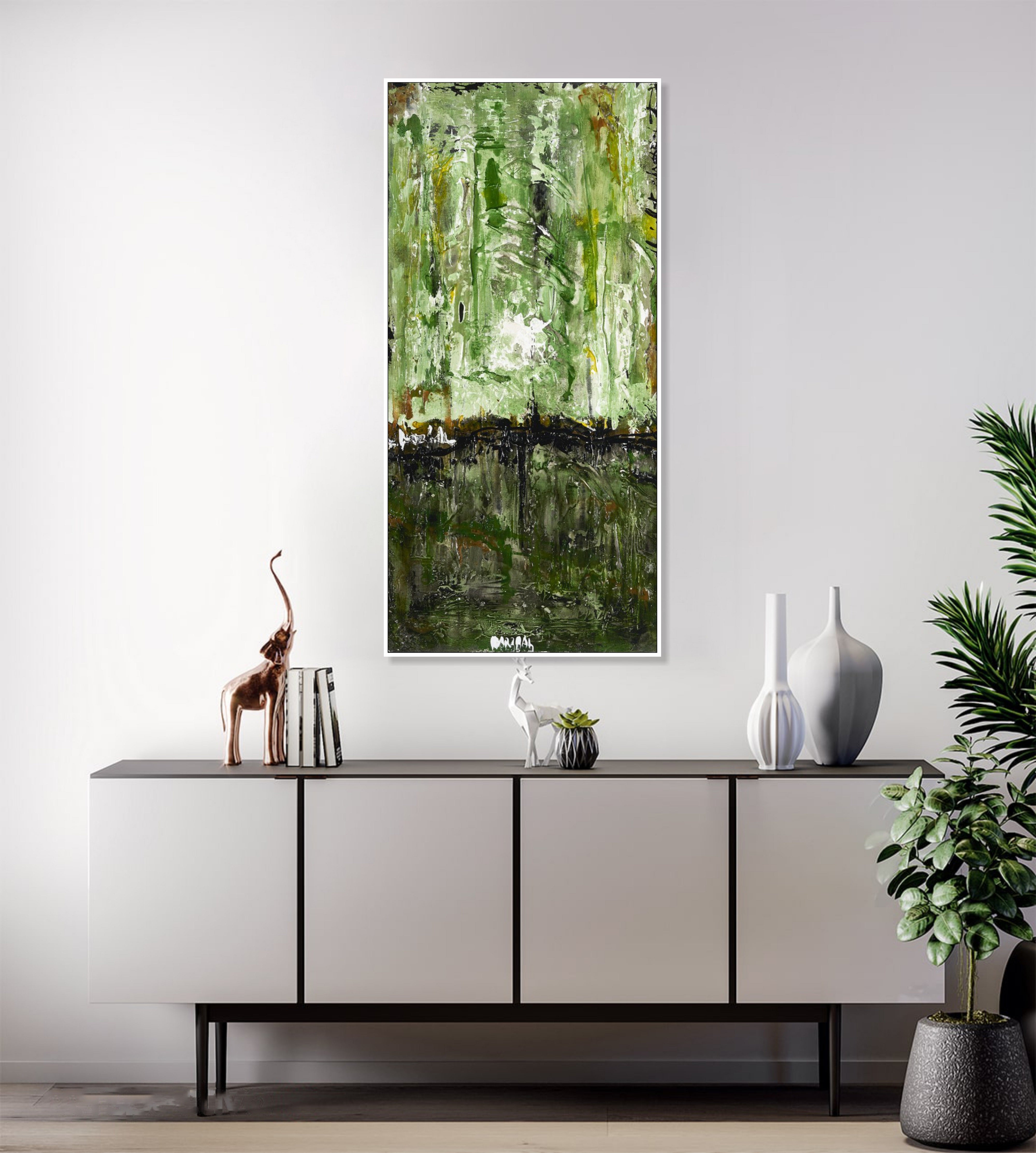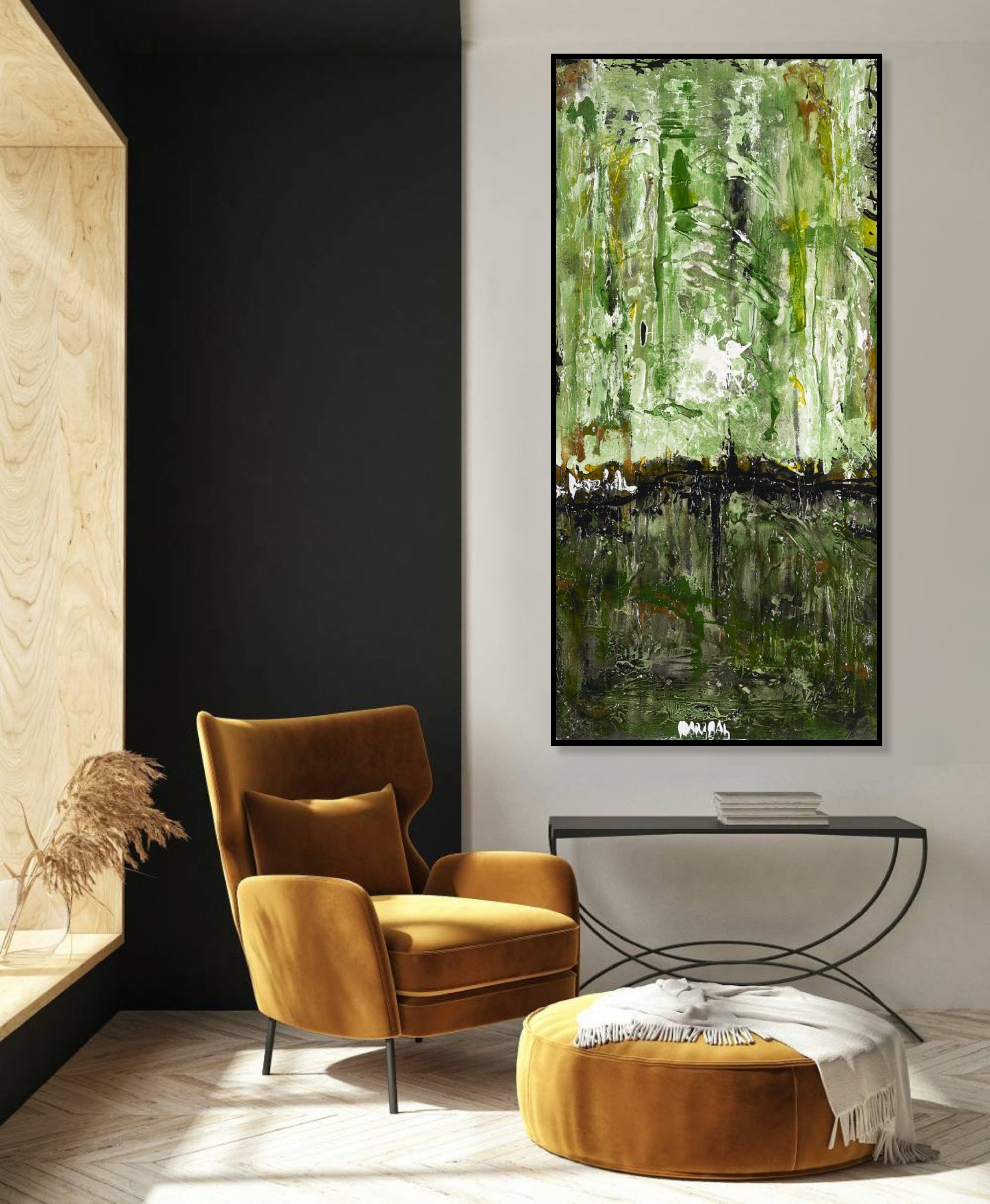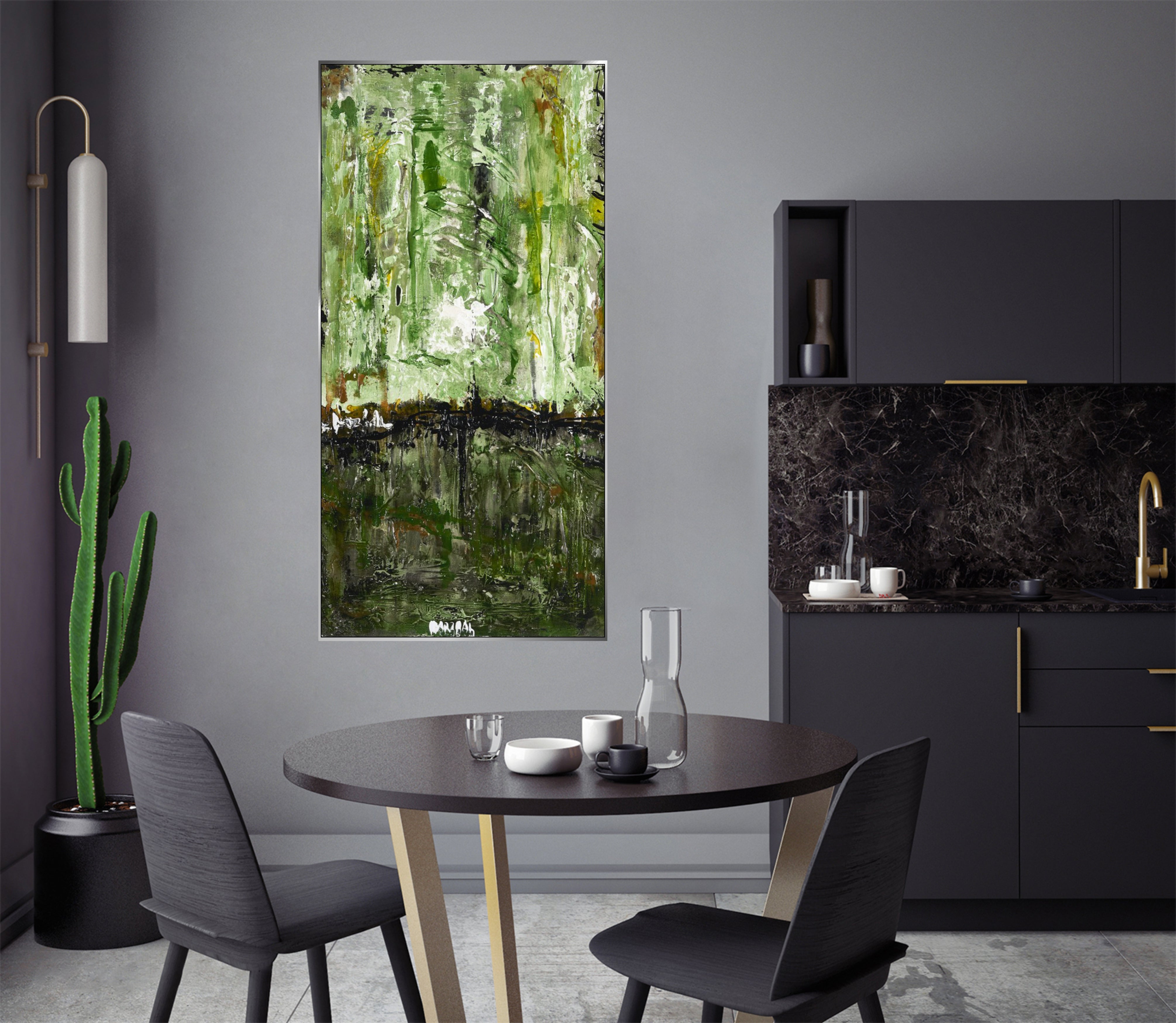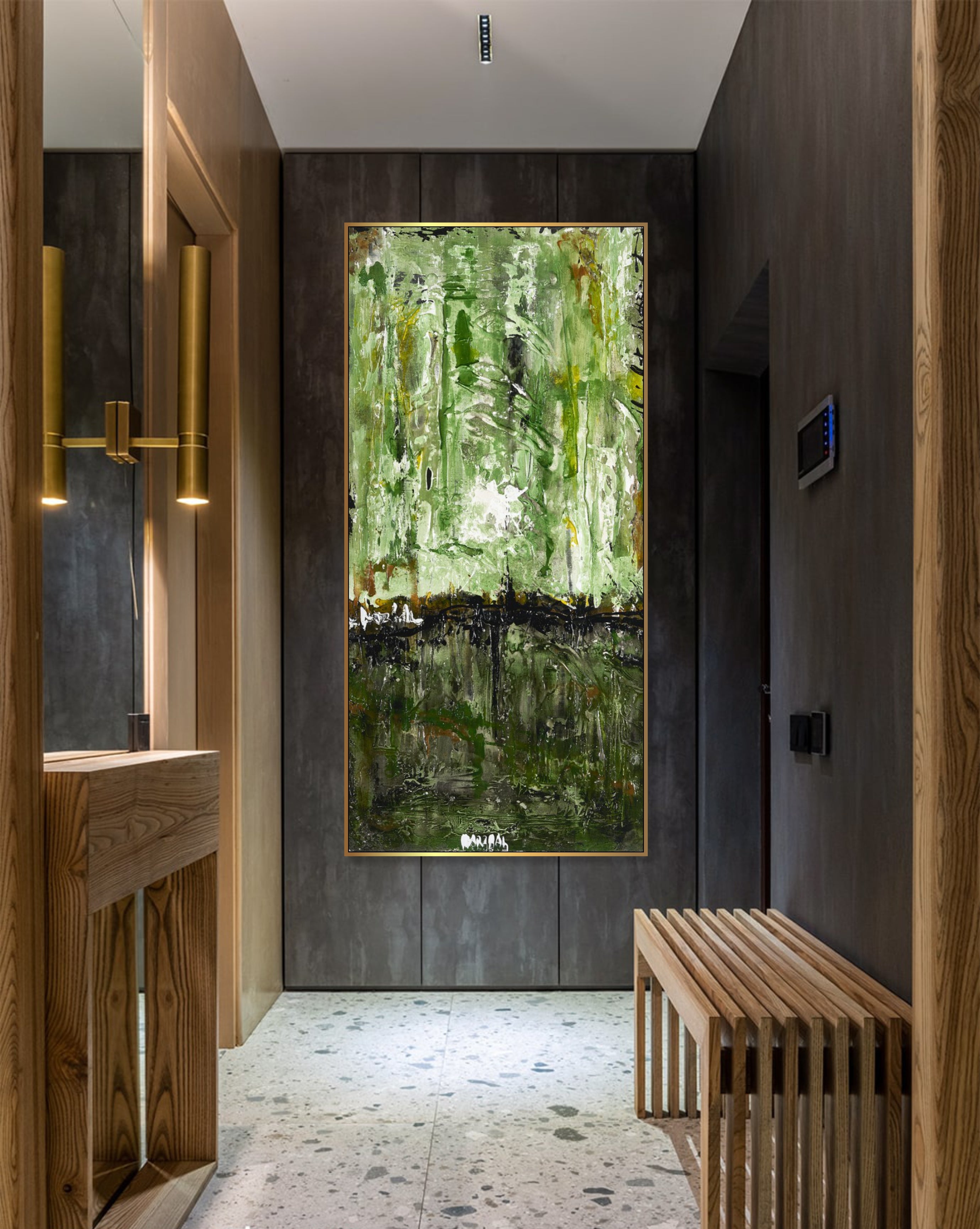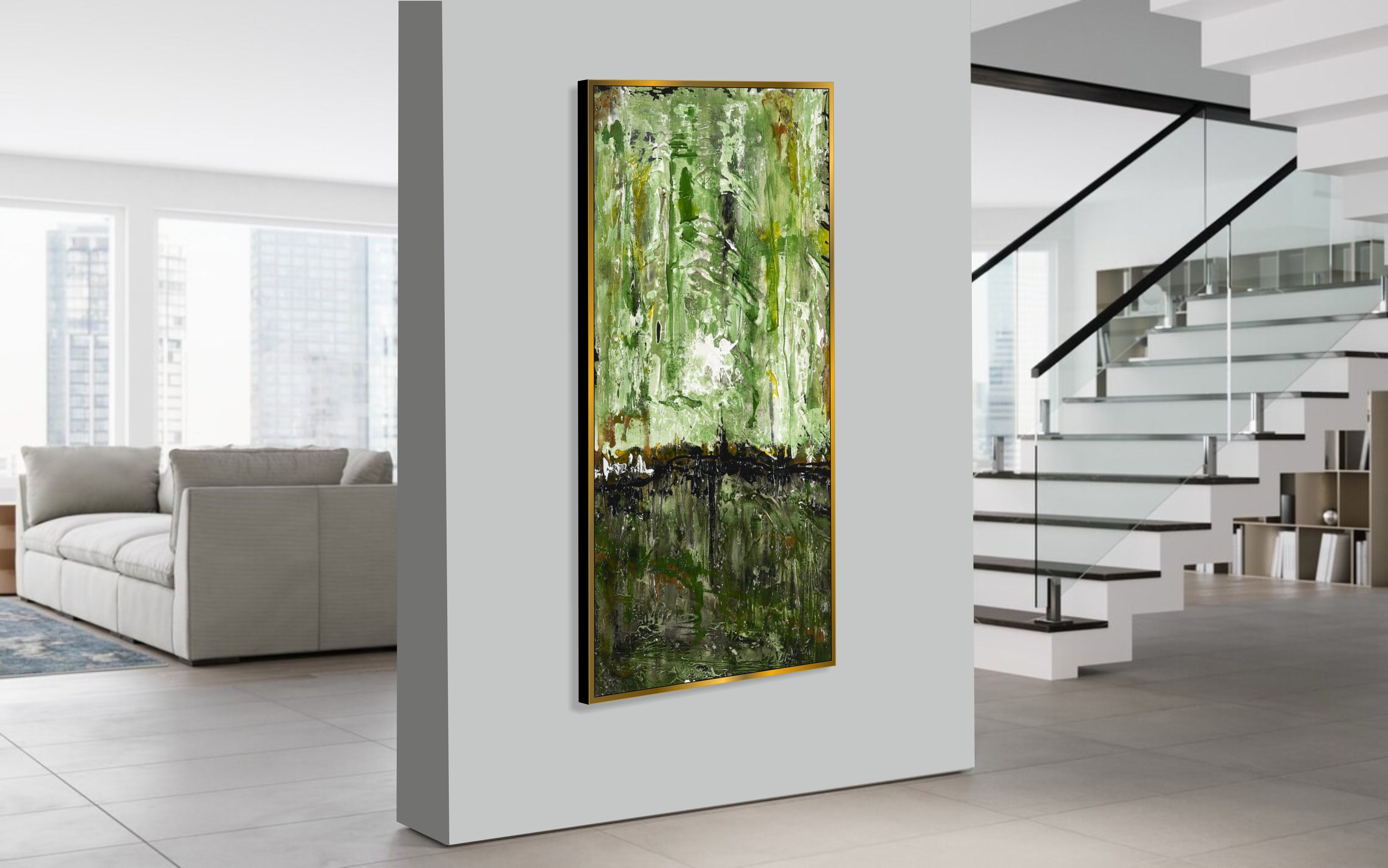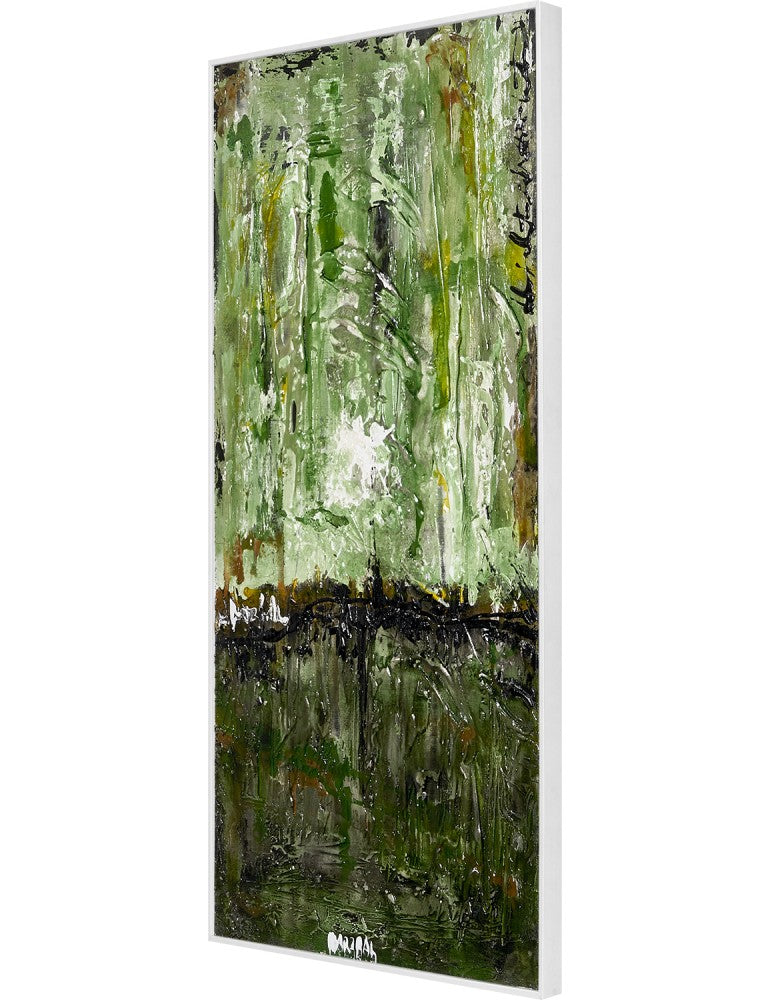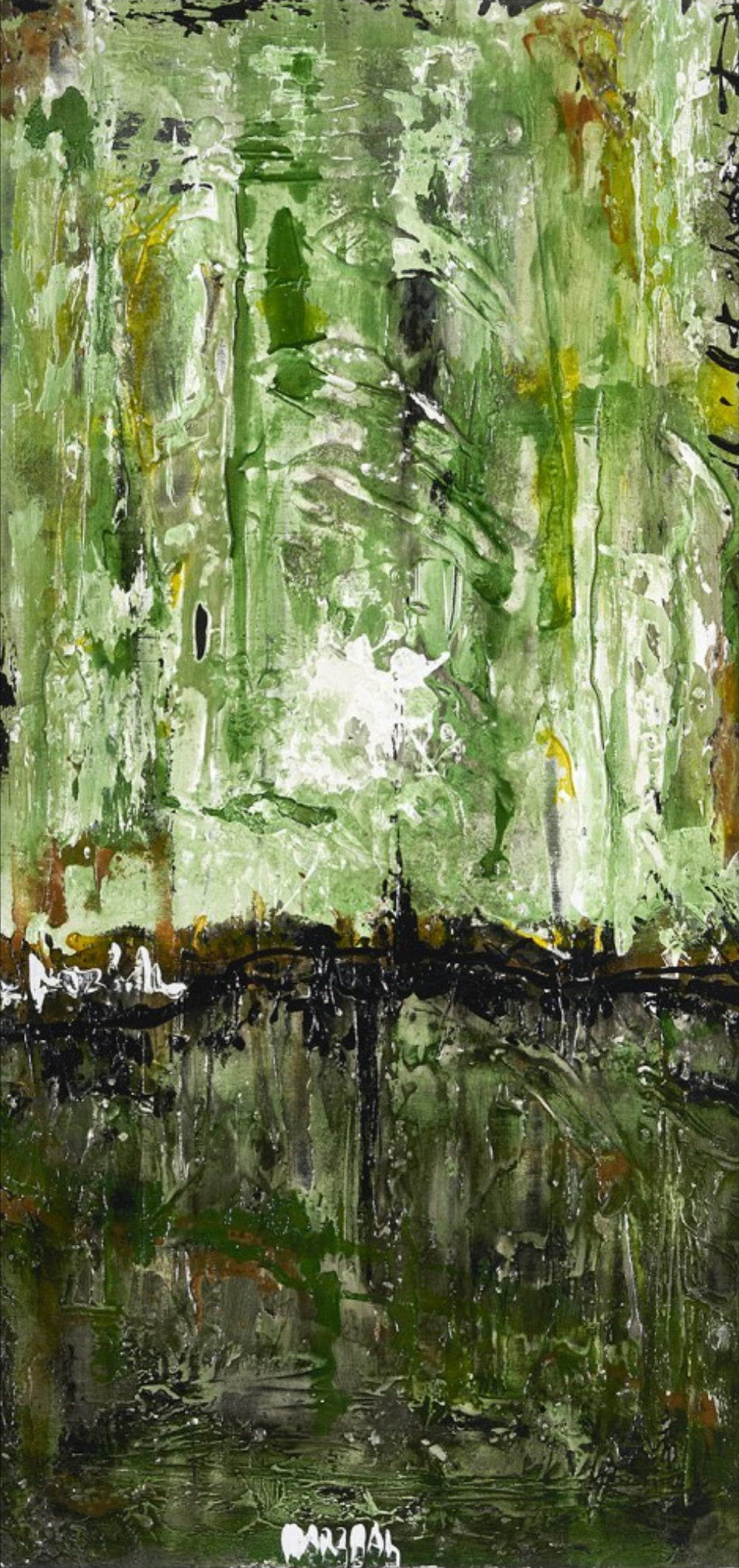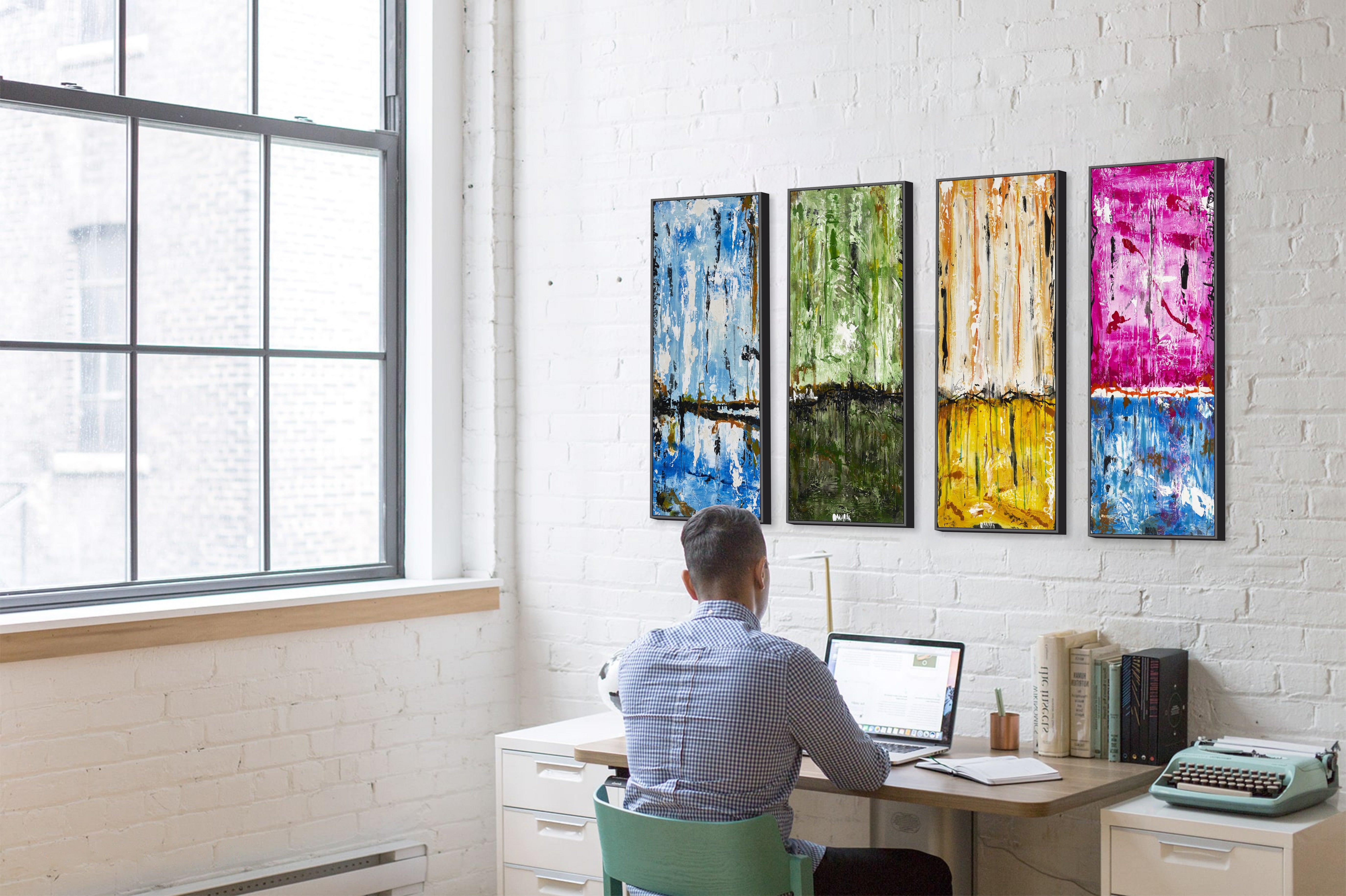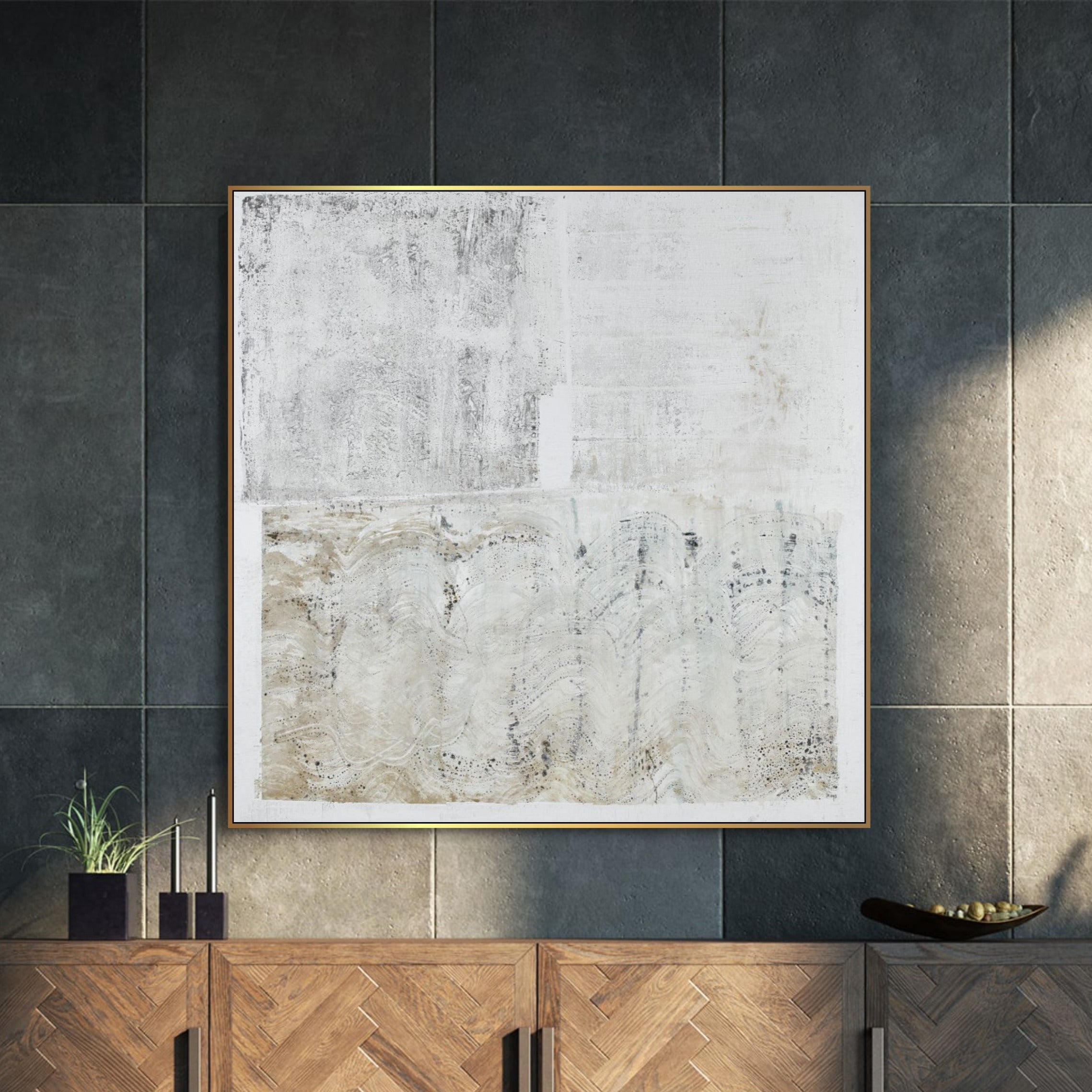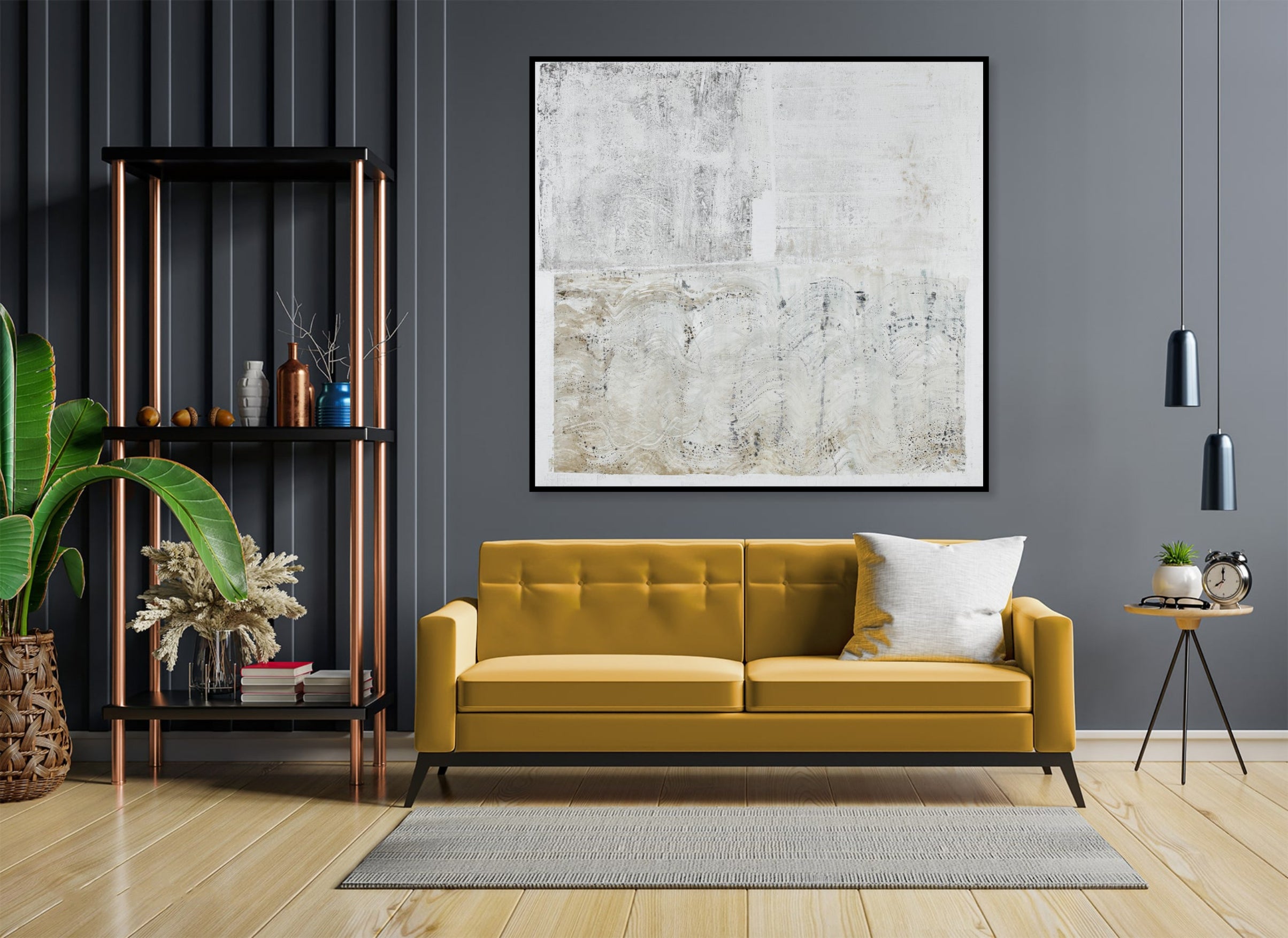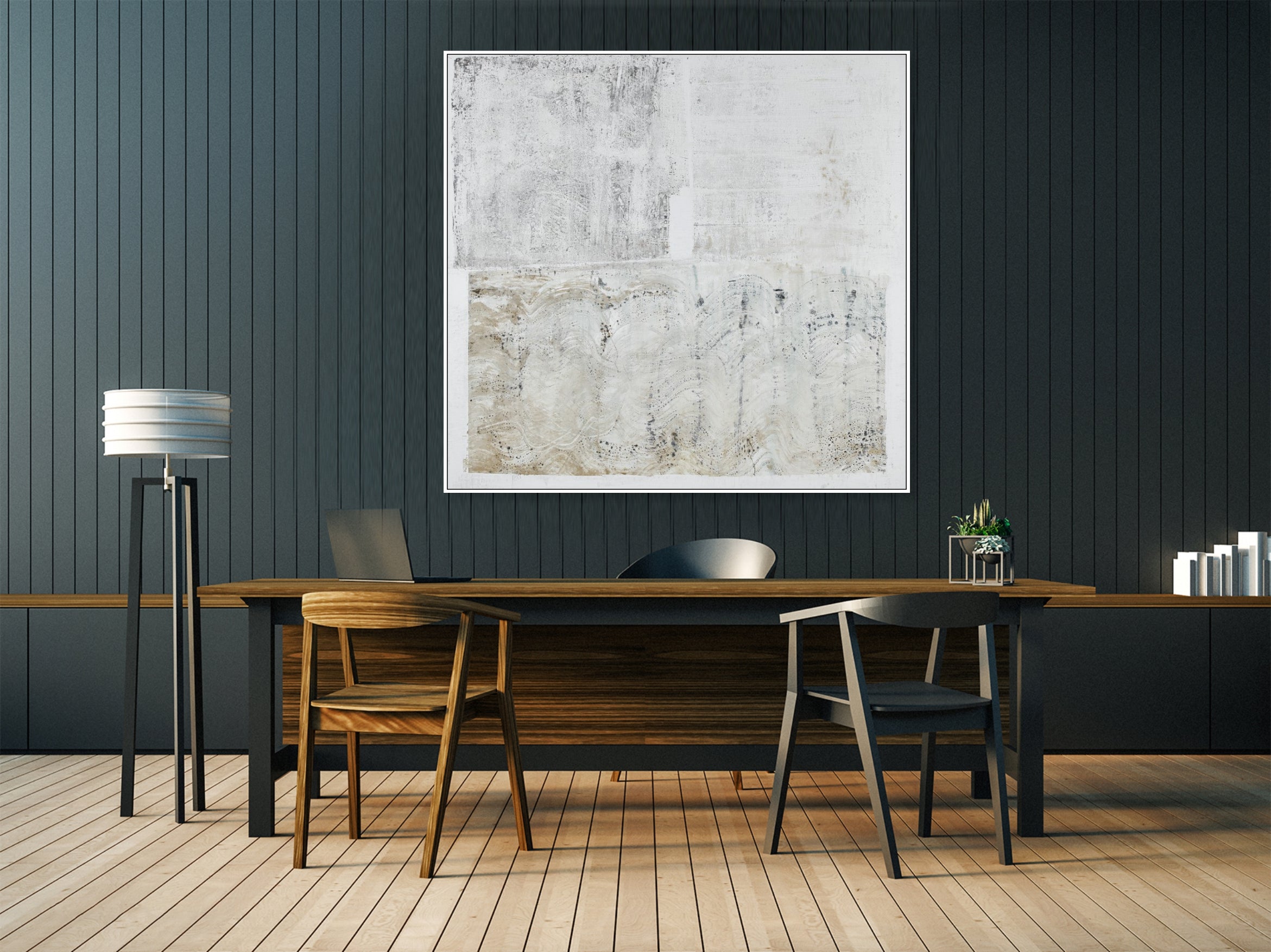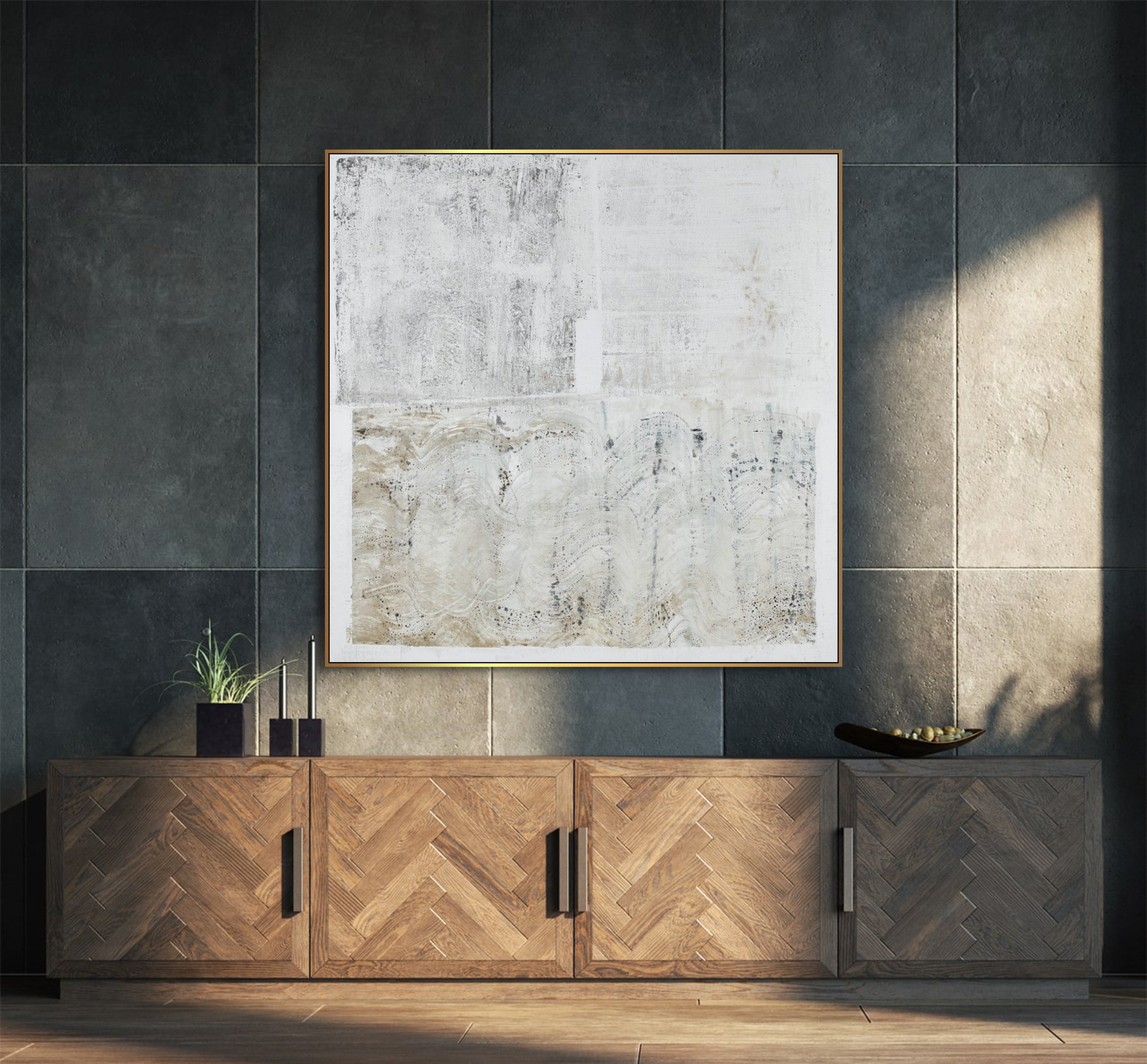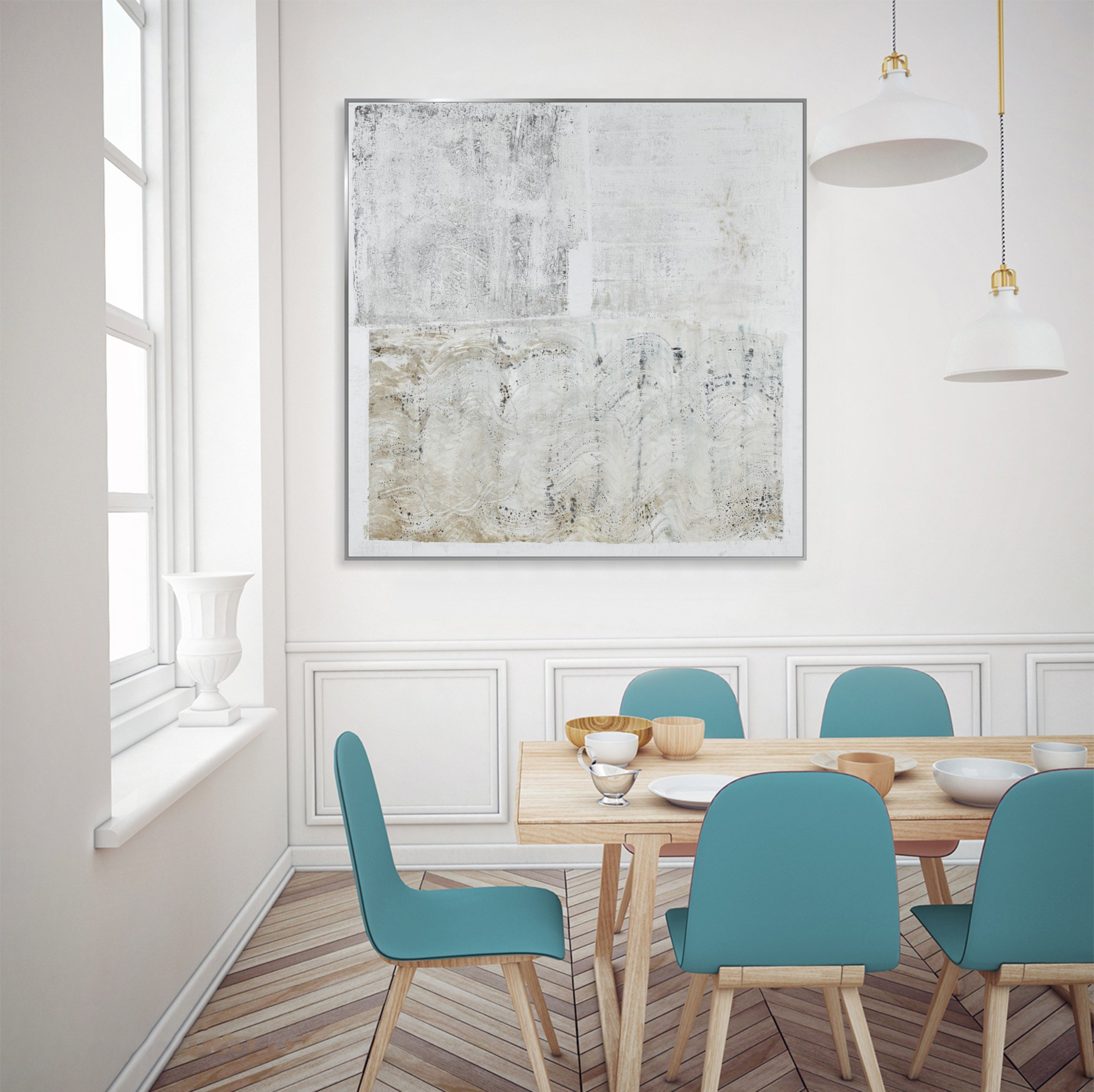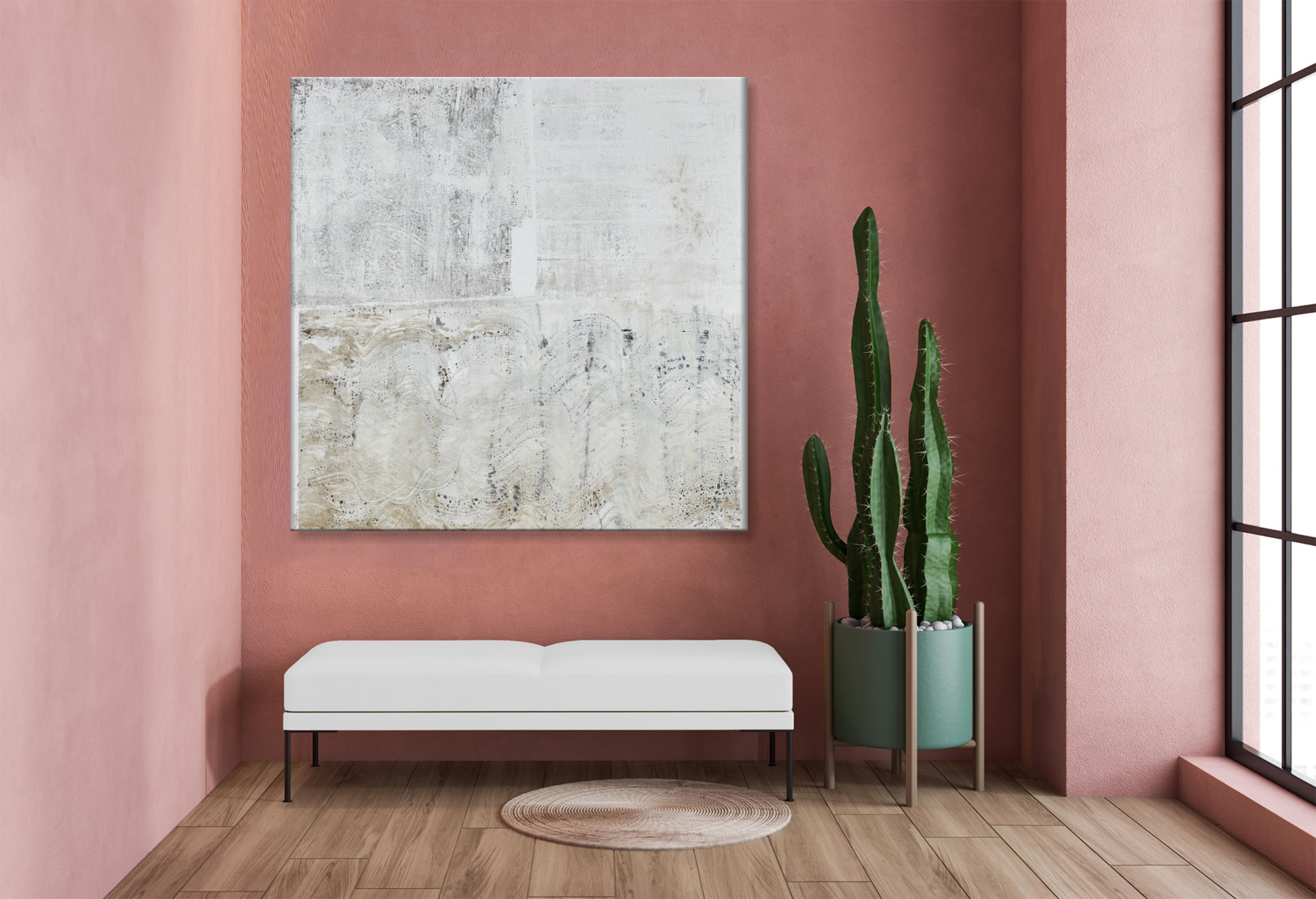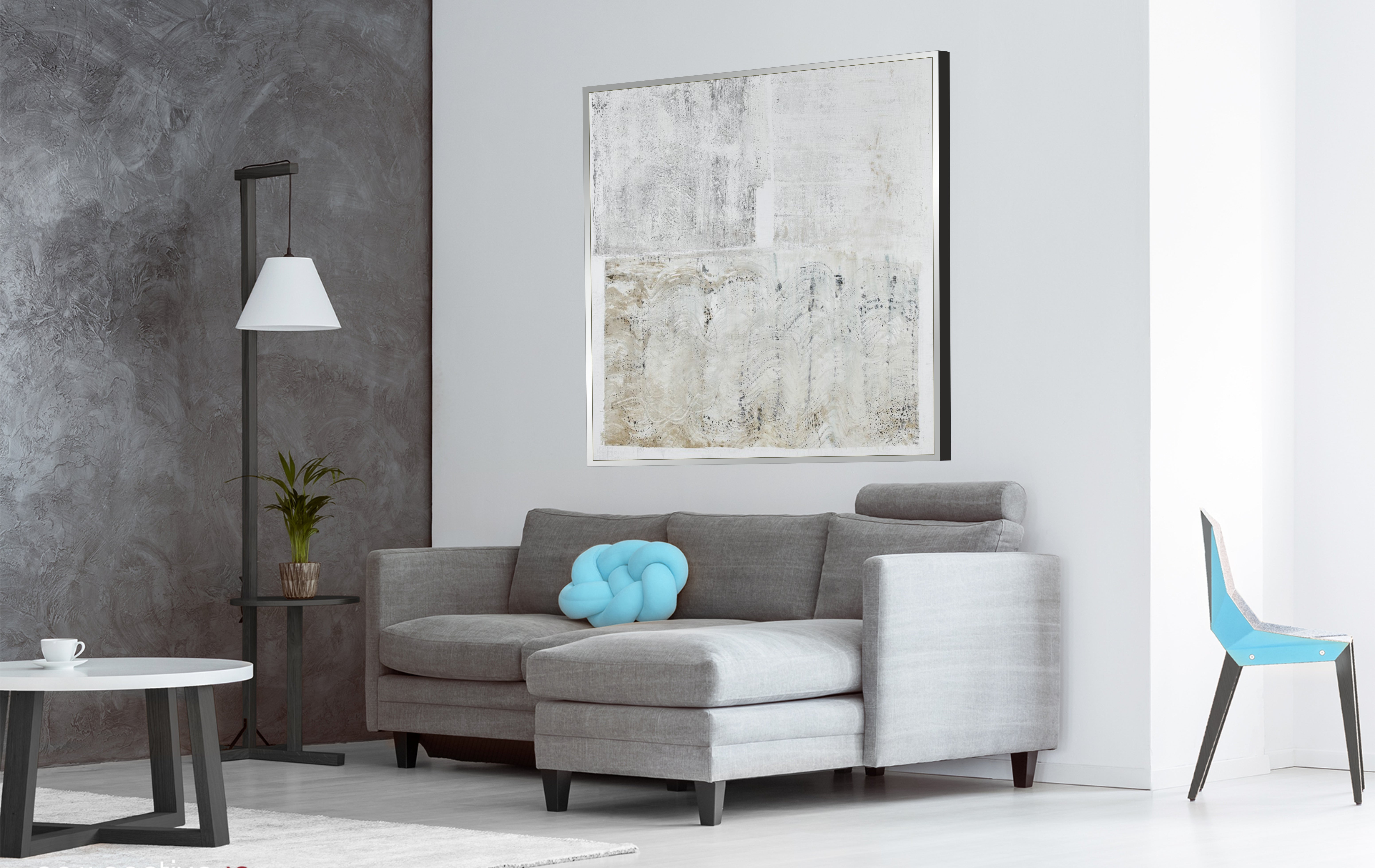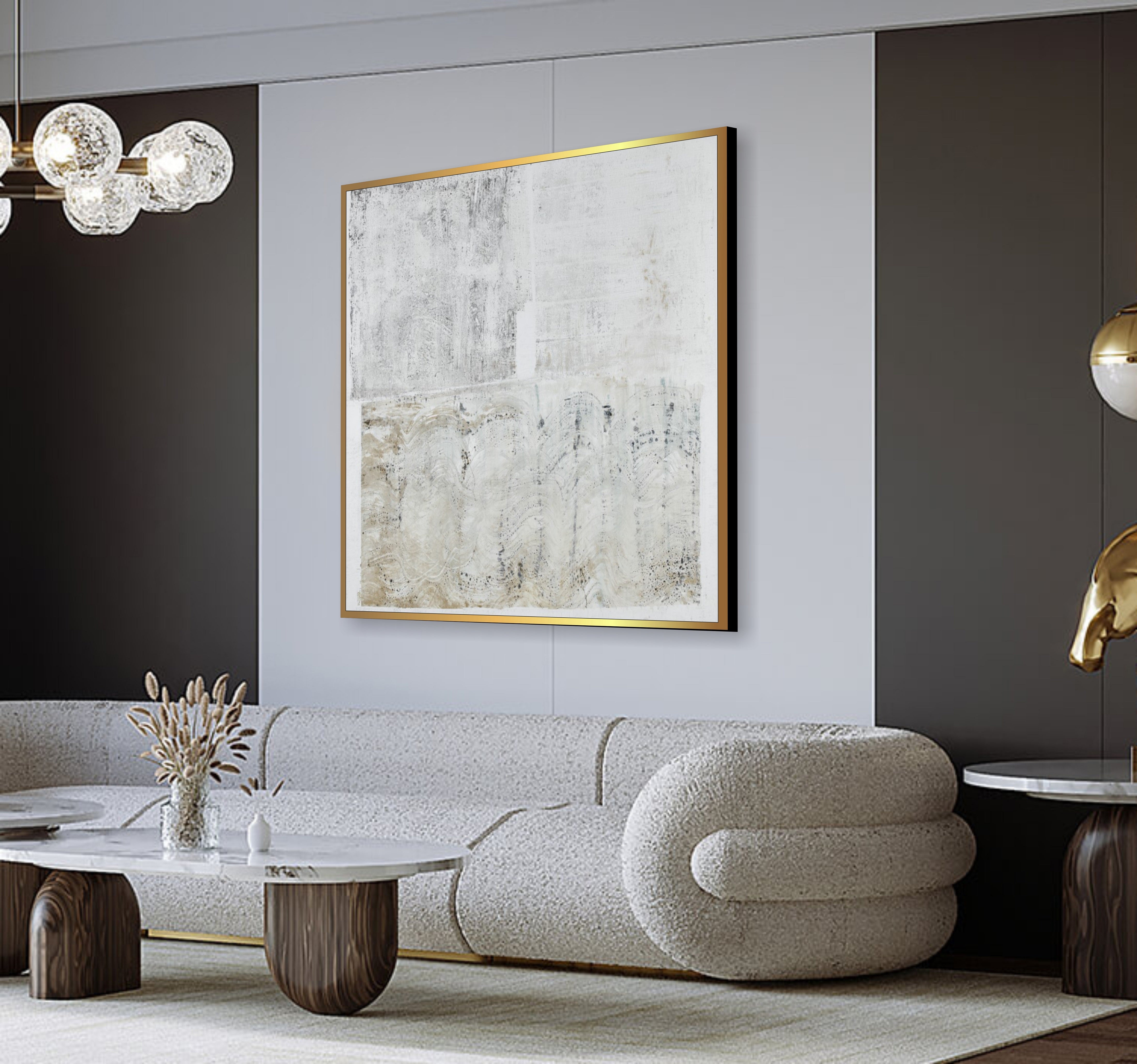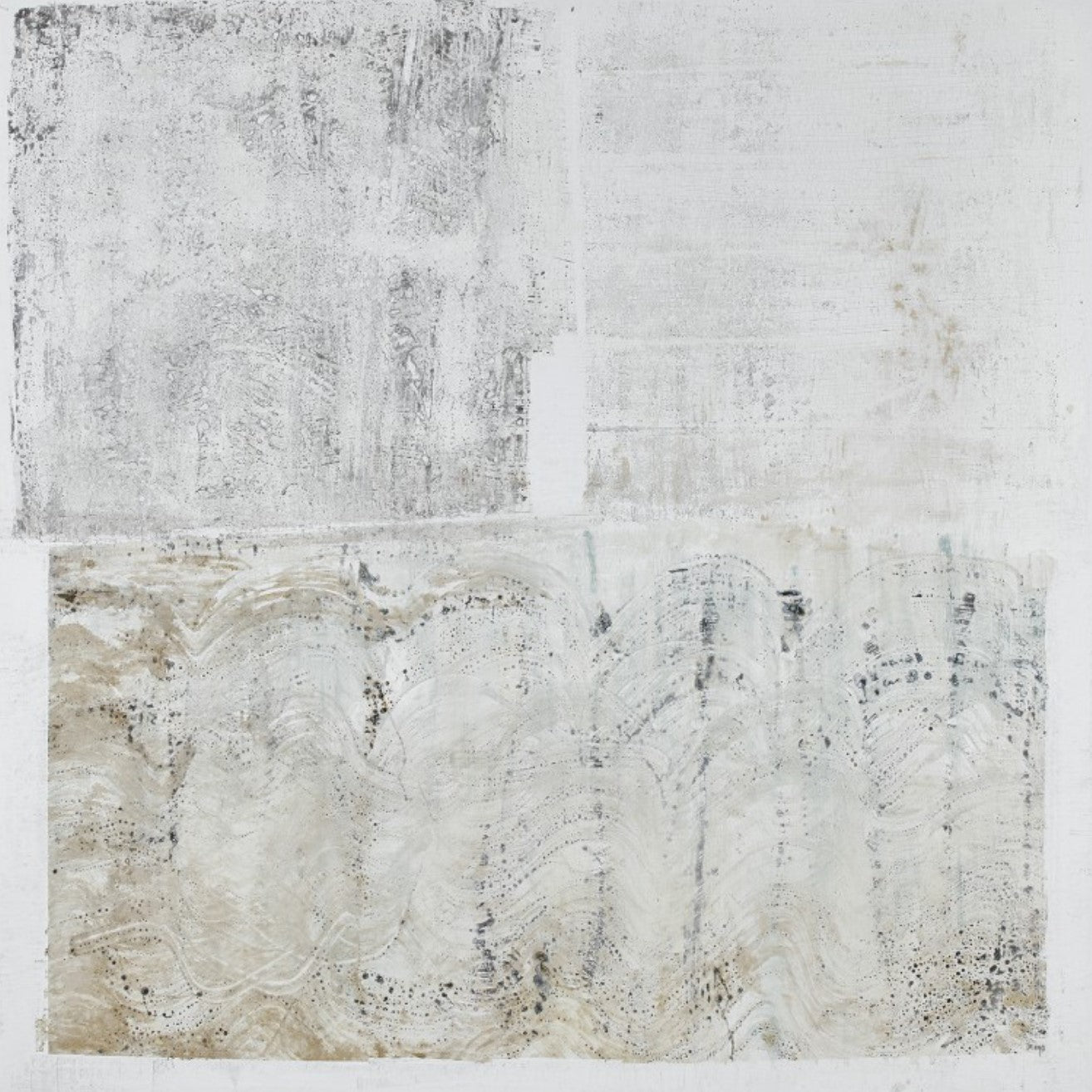Introduction: Embracing Imperfection in a Chaotic World
In a world that races toward perfection, wabi sabi interior design invites us to pause and embrace the beauty of imperfection. Rooted in ancient Japanese philosophy, this style transforms homes into serene sanctuaries of natural textures, muted tones, and meaningful simplicity. From weathered wood to handwoven textiles, wabi sabi creates spaces where every crack and surface tells a story.
The term wabi sabi combines two concepts:
Wabi: Modesty, imperfection, solitude, and simplicity.
Sabi: Naturalness, authenticity, and the beauty of age.
Together, they form a design philosophy that celebrates asymmetry, impermanence, and raw natural textures. Cracked pottery, weathered wood, and aged metal are not flawy—they bear marks of authenticity.
Wabi sabi also connects deeply with Buddhist principles of detachment and mindfulness. Its influence is evident in the Japanese tea ceremony, where simple, handcrafted bowls are revered as symbols of humility and timelessness.
Wabi Sabi Philosophy: Beauty in the Imperfect
The term wabi sabi combines two concepts:
Wabi: Modesty, imperfection, solitude, and simplicity.
Sabi: Naturalness, authenticity, and the beauty of age.
Together, they form a design philosophy that celebrates asymmetry, impermanence, and raw natural textures. Cracked pottery, weathered wood, and aged metal are not flawy—they bear marks of authenticity.
Wabi sabi also connects deeply with Buddhist principles of detachment and mindfulness. Its influence is evident in the Japanese tea ceremony, where simple, handcrafted bowls are revered as symbols of humility and timelessness.






















